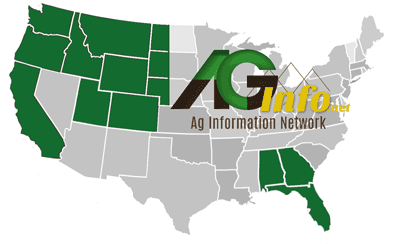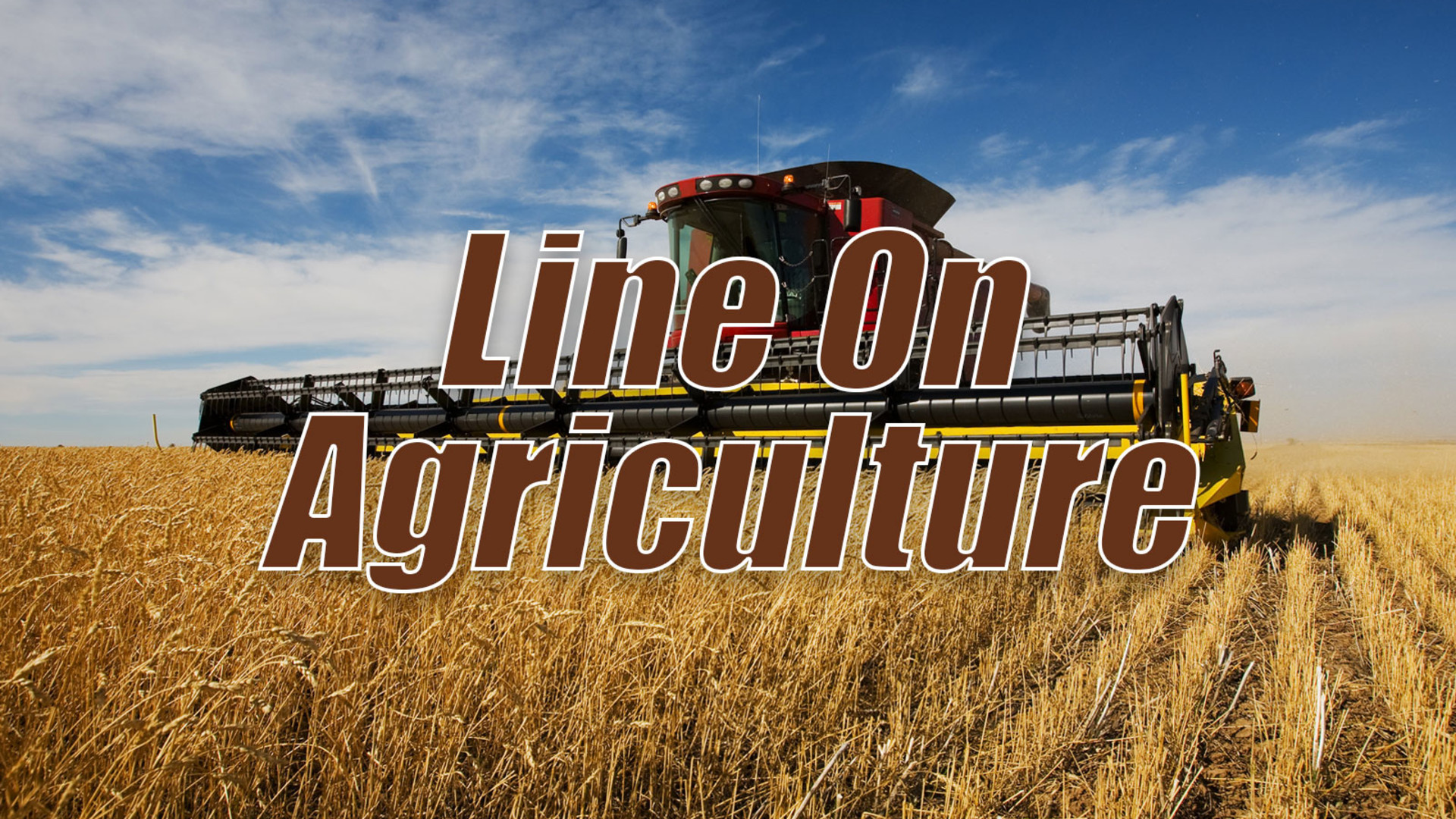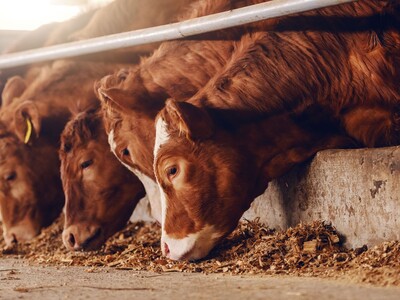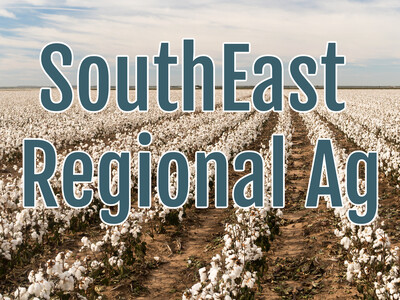US Bison Industry Needs More Production

Lorrie Boyer
Reporter
“Not as many bison are coming down from Canada to be finished and processed in the US for the US marketplace, with the threat of tariffs and etc that we've seen this year with our relations with Canada, I wouldn't say they're strained by any means, but they have gone and developed more capacity within Canada to process bison there, to serve that domestic marketplace, but also to export. Canada has had a 0% trade agreement with the European Union for a number of years in which a lot of that product is heading over to the EU. However, we were just informed recently by the US Trade Representative's Office that the new trade deal with the European Union will remove the tariff on bison meat imports into the EU for the US, which will put us at a competitive advantage or equal footing, at least with Canada.”
According to the National bison Association, in addition to being a nutrient dense protein, they are healthy for the planet as they stimulate new plant growth, their manure provides nutrients to the soil, and their wallows help to capture rainfall.
















